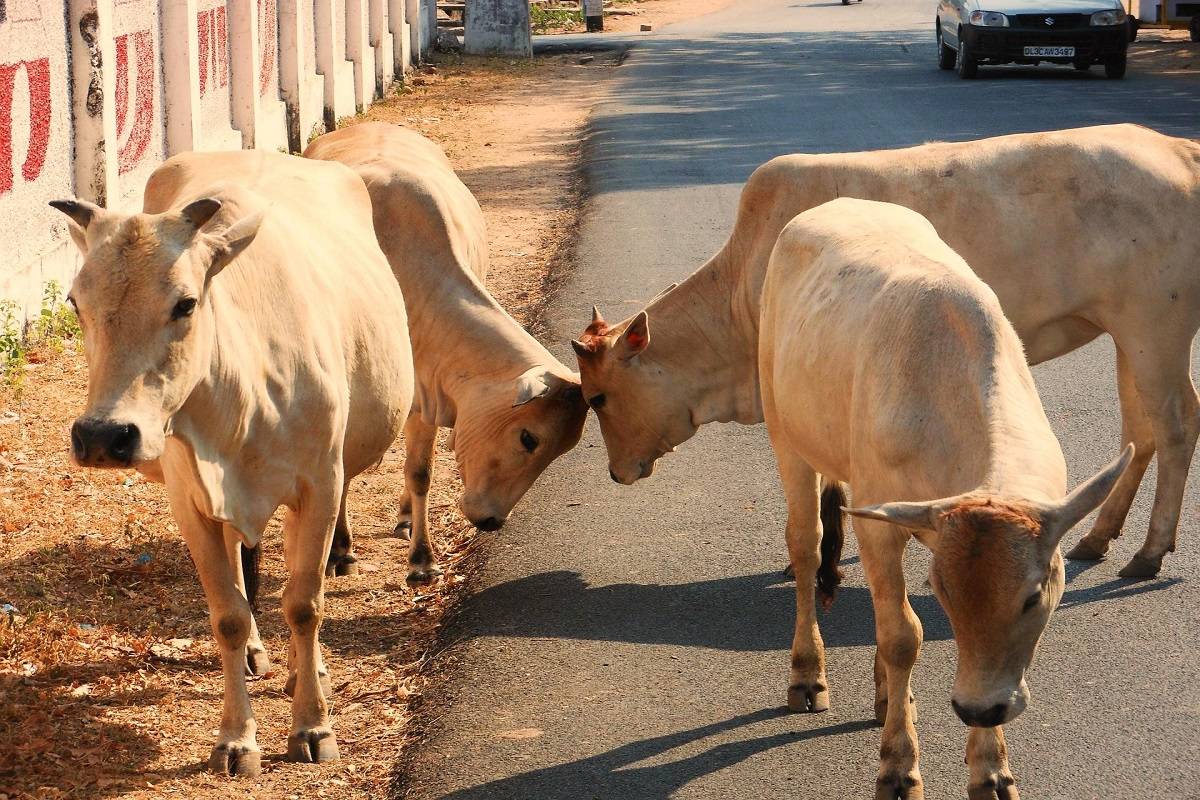
The purchasing and selling of cattle can be a very profitable venture. A vendor wants to ensure that he receives the highest prices for the cows he is selling, whereas a buyer merely seeks out the healthiest animals. You must pay attention to both the purchasing and selling procedure as well as how you handle the cattle if you want to earn money buying and selling cattle.
You could not make money from your purchasing and selling operations if you try to sell unhealthy or subpar livestock.
Establish Business Objectives and Draft a Business Plan
You can figure out how much potential profit you might expect by outlining your business objectives. The cattle industry and your target niche market must be described in your business strategy. Describe the ranchers and operations you'll be buying cattle from and selling cattle to, as you'll likely be operating in a certain geographic region with well-defined business relationships.
Identify Profitable Breeds
Making money with cattle enterprises requires selecting profitable breeds. Due to their strong physiology and propensity to produce meat of excellent quality, some breeds, like Angus and Hereford, command a premium price. Nevertheless, just because a single cow or bull belongs to a good breed doesn't imply that the particular animal is of exceptional quality.
How to Calculate Operating Costs
Before you purchase your first bovine, there are several operating costs to take into account. These include the cost of purchasing or renting a location where the cattle can be kept while you search for profitable buyers, the costs associated with keeping the cattle healthy, the costs associated with hiring staff who are qualified to take care of the cattle, and the costs associated with providing food and other necessities to make the location an ideal home for the cattle.
Maintenance and Care
To ensure that your grazing area produces a wide range of grasses and grains, keep it fertile. Animal health is maintained by lush pastures and rich soil, which increases your revenues. Keep an eye on your cattle frequently. Make contact with a qualified veterinarian who handles vaccination requirements following government regulations.
If you have cattle in an area or state with especially frigid winters, move the herd to a warmer location during certain times. During the hot months, you must also give the cattle the proper shelter.
Seasonal Personnel for Busy Periods
A few additional workers will likely be hired in the spring. Since this is the time of year when animals usually give birth, you'll need additional staff to look after your calves. You might be able to sell calves at this time and make a lot of money.
Tip
Invest in inexpensive veterinary supplies to perform castrations, dehorning, and minor treatments like spraying and vaccinations. To cut costs, get knowledgeable about the operations of cow breeding equipment. Ovulation and infusion pipes are a few examples of breeding supplies.
















